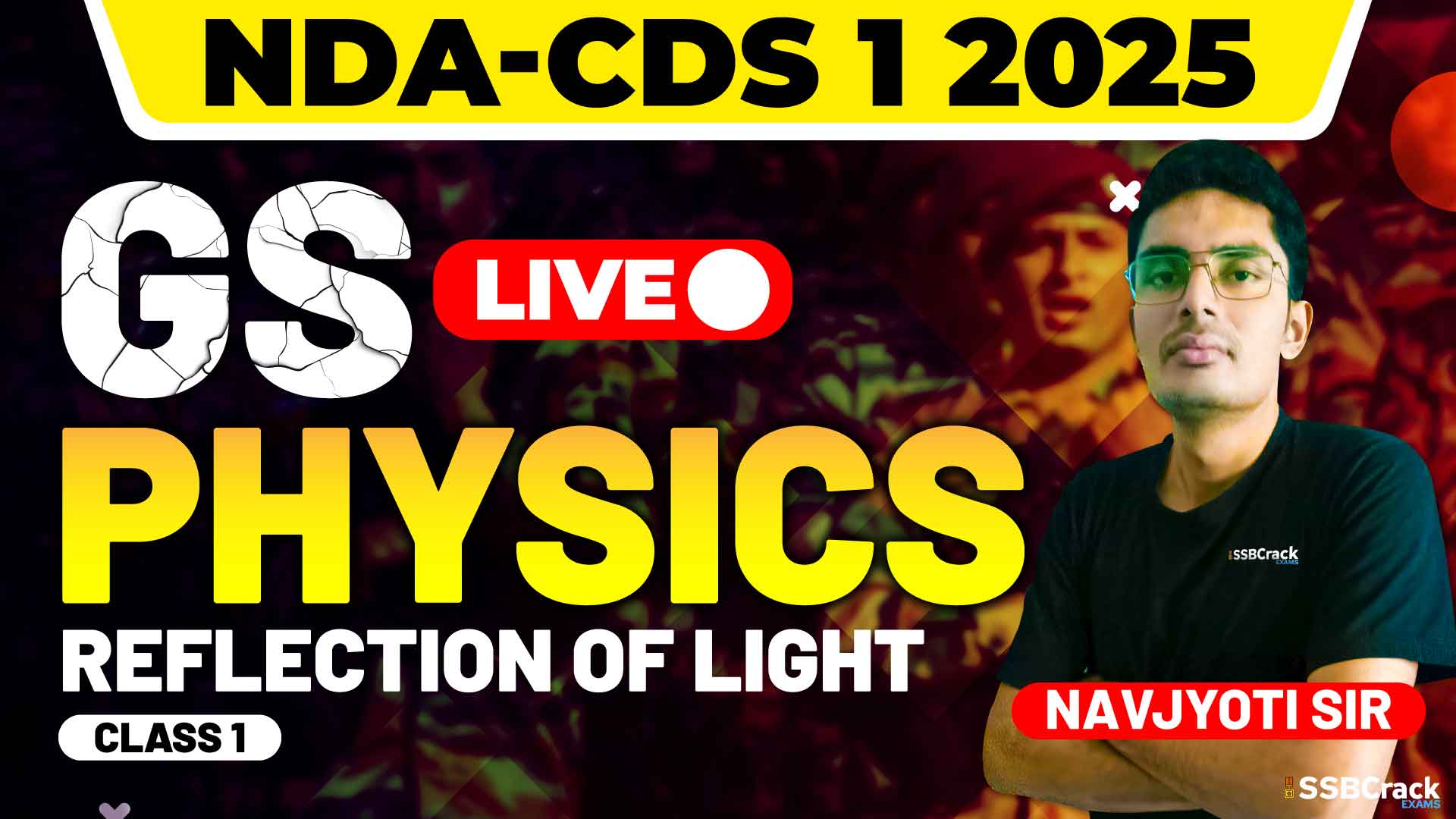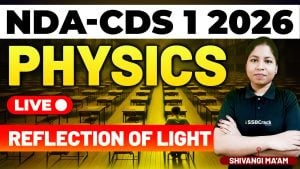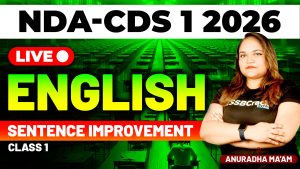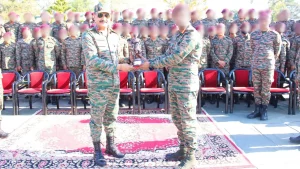The topic of Reflection of Light is an integral part of the Physics syllabus for the National Defence Academy and Naval Academy (NDA-NA) Exam – Paper II – General Ability Test (GAT) and the General Knowledge (GK) Paper of the Combined Defence Services (CDS) Exam. A recent class on this subject provided students with in-depth knowledge and problem-solving techniques essential for acing these competitive exams.
This blog will summarize the highlights of the class and offer strategies for mastering this topic effectively.
Key Takeaways from the Class on Reflection of Light
1. Introduction to Light and Reflection
The session began with a discussion on the nature of light and the phenomenon of reflection. Students were introduced to how light interacts with surfaces, emphasizing that reflection is the bouncing back of light rays from a surface.
2. Laws of Reflection
The instructor reviewed the two fundamental laws of reflection:
- The angle of incidence equals the angle of reflection.
- The incident ray, the reflected ray, and the normal lie in the same plane.
These laws form the foundation of all problems involving reflection.
3. Plane Mirrors and Image Formation
The discussion on plane mirrors focused on:
- Characteristics of images formed by plane mirrors (virtual, erect, same size as the object, and laterally inverted).
- Applications of plane mirrors in everyday life and devices like periscopes and kaleidoscopes.
Practical scenarios and MCQs related to these concepts were solved to help students understand how these principles are applied in exams.
4. Spherical Mirrors: Concave and Convex
The class then delved into spherical mirrors, specifically concave mirrors and convex mirrors:
- Concave Mirrors: Known for their ability to converge light, students learned about their applications in telescopes, headlights, and shaving mirrors.
- Convex Mirrors: Recognized for their divergent nature, the class discussed their use in vehicle rear-view mirrors and as security mirrors.
Key focus areas included:
- Understanding the differences between the two types of mirrors.
- Learning about the principal focus, focal length, and center of curvature.
5. The Sign Convention
A systematic approach to understanding the sign convention was taught. This convention helps determine the positive and negative values of distances for objects, images, and focal lengths depending on their positions relative to the mirror.
Students practiced solving problems using the sign convention, as it is a frequently tested concept in exams.
6. Magnification
The concept of magnification, which describes the ratio of the height of the image to the height of the object, was thoroughly explained. The class discussed how magnification helps in determining whether an image is enlarged, diminished, or the same size as the object.
7. Problem-Solving Practice
A significant portion of the class was devoted to solving MCQs based on:
- Image formation in plane and spherical mirrors.
- Identifying the type of mirror from a given application.
- Using the sign convention and magnification to analyze mirror problems.
These exercises helped students develop the ability to solve questions quickly and accurately during exams.
Strategies to Prepare for Reflection of Light
1. Build Conceptual Clarity
Before diving into problem-solving, ensure you have a strong grasp of the basic concepts:
- Thoroughly understand the laws of reflection and their implications.
- Visualize how light interacts with plane and spherical mirrors through diagrams.
2. Practice with Mirror-Related Questions
Solve as many MCQs as possible, focusing on different scenarios involving plane and spherical mirrors. Use previous years’ NDA-NA and CDS question papers to get a feel for the types of problems that are commonly asked.
3. Master the Sign Convention
The sign convention is a tricky yet crucial part of solving mirror-related questions. Create a visual reference chart with clear indications of when values are positive or negative. Practice until the convention becomes second nature.
4. Create Summary Notes
Prepare a concise summary of key points, such as:
- Characteristics of images formed by plane and spherical mirrors.
- Applications of concave and convex mirrors.
- Tips for applying the sign convention and magnification.
5. Use Visualization Techniques
Diagrams play a vital role in understanding image formation. Practice drawing ray diagrams for different object positions relative to the mirror. This will help you visualize the image properties and answer questions more effectively.
6. Focus on Application-Based Questions
Examiners often test practical applications of mirrors, such as their use in optical instruments or everyday devices. Be prepared to identify the type of mirror or its function from the question.
7. Revise Regularly
Periodic revision is essential for retaining concepts. Use your summary notes and solve a few practice problems weekly to ensure you stay sharp on this topic.
Conclusion
The recent class on Reflection of Light was a comprehensive session that covered theoretical concepts, practical applications, and problem-solving techniques. It equipped students with the tools they need to confidently tackle questions on this topic in the NDA-NA and CDS exams.
To excel, focus on building conceptual clarity, practicing MCQs, and mastering the sign convention and ray diagrams. With consistent effort and the right strategies, you can turn Reflection of Light into one of your strongest topics.
Keep practicing, stay motivated, and best of luck with your preparation!



















